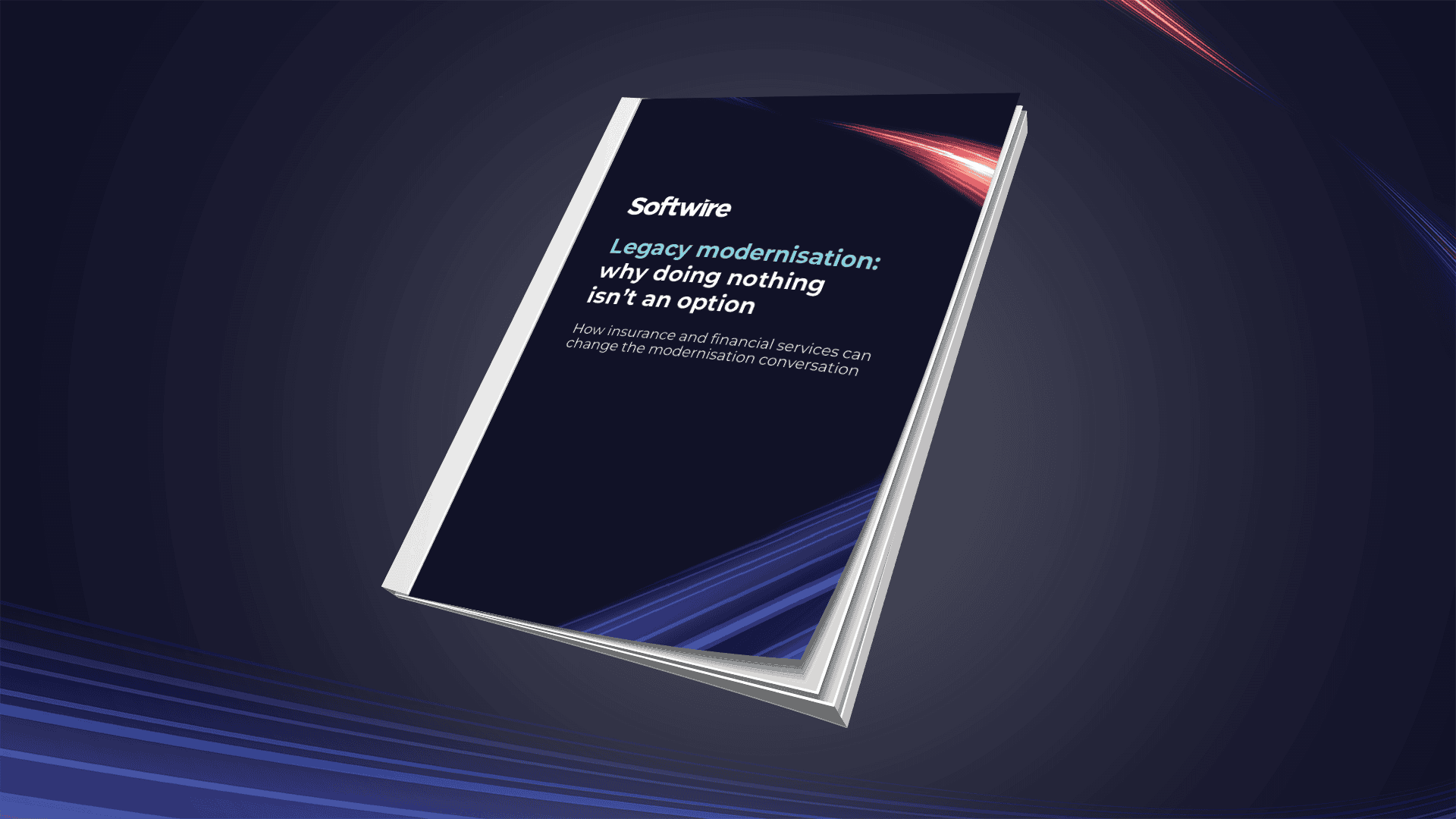
On innovation projects, there is always a risk of clients falling into a dreaded ‘financial black hole’ situation. What starts out as a fantastic project that the leaders are excited about — a new add-on service or a ground-breaking tool to engage customers — becomes the ‘problem child’ when costs increase, or timeframes extend with no end in sight. Consequently, the people controlling the purse strings become hesitant to invest in future innovation projects.
This is not new. An article published by MIT Sloan in 2019 notes that companies spend roughly $1 trillion a year in innovation, of which 10% —$100 billion—is wasted. More recently, research by Wellspring found that 60% of corporate innovation budgets were expected to increase over 2022, yet it saw that organisational flaws would undermine the investment, resulting in further wastage.
Whilst this might sound like doom and gloom, innovation should be embraced, rather than feared. The pandemic has forced us all to think more creatively, and use our resources intelligently to remain sustainable and grow. This has been recognised at a national level: the UK government will increase annual public investment on R&D to a record £22 billion by 2035.
What is meant by innovation?
In a survey conducted by Deloitte, respondents were asked to define the meaning of innovation in their organizational context, and there were many extensive explanations. We therefore recommend you start by ensuring your organisation is clear on what you mean by the i-word.
Innovation can be mistaken for “blue sky” or “out of this world” thinking, with people desperate to do something beyond the realms of even the wildest imaginations. The problem with this approach, as innovation leader Sathish Muthukrishnan (Chief information, data and digital officer at Ally Financial One) says, is that “there’s such a thing as too much novelty.”
The reality is that ground-breaking discoveries and inventions are usually found within traditional R&D organizations, which are capital-intensive cost centres. “We had to understand that innovation is not creating the next Post-it®—it’s incremental changes,” Muthukrishnan said.
Five ways to control the financial impact of innovation projects
There can often be little certainty around whether to continue funding the initiative as the length of the project goes from weeks to months. Here are some ways we can prepare for the financial impact:
1. Define your KPIs
KPIs hold teams accountable for their responsibilities and promote greater confidence in the delivery of the innovation project. KPIs will be different across different business types and innovation projects. Because of this, it is essential to tie the project to measurable business KPIs from day one to avoid project slippage and keep track of costs.
For example, Softwire had project KPIs to work against in building a transformational research support system for Moorfields Eye Hospital, to help aggregate and transform eye scan data to train a Google DeepMind AI algorithm.
One of the significant KPIs was speed of diagnosis of potential eye health conditions. The project was a success against this KPI – DeepMind created an AI system that could interpret eye scans as accurately as world-leading expert doctors, gathering data on 10,000 or even 100,000 patients in minutes, instead of months.
2. Communicate the KPIs to wider teams
There should be a culture around innovation, which prevents innovation activities being siloed into only one department. All departments need to be aligned in a joined-up manner and communicating regularly.
Work collaboratively with your team to agree those that will move your business forward, whilst keeping in line with your business’s vision. This will help you to assess the effectiveness of your innovation activities, and gain commitment and involvement from stakeholders.
3. Enable channels for feedback
It’s important to recognise that there is an intangible yet important indicator for innovation projects to be successfully implemented, and that’s speaking up. 50% of employees keep quiet at work and do not feel comfortable about speaking to senior management when they realise that something is going wrong.
Employees must feel empowered to speak openly and be incentivised to do so, for the greater good of the project. This might mean instilling a ‘no blame’ system, actively seeking out and rewarding when real or potential issues are brought forward, and giving opportunities for honest feedback, anonymous whistleblowing or dedicated time to discuss blockers in one-to-one meeting format.
4. Understand the metrics you’ll need to measure your KPIs
It’s advisable to gather metrics that will help you understand the baseline (where you are now) and how you’re progressing. This requires thinking about the following:
- What is changing in each KPI and what is a measurable data point that I can see. (For example, to see how well a mobile app feature has been received, you’ll need activity information from real users that may be measured in user sessions, usage and return rates.)
- Processes for gathering qualitative and quantitative feedback
- A way to analyse data
- Presentation skills to display data in an easy to understand format
5. Link budget spending to measurable success and review regularly
Making data-informed decisions will help you justify whether increased funding is working well or not. If an initiative is moving relevant metric data sufficiently in the right direction, showing you a favourable return against your KPIs, it can merit more funding. If it isn’t, you cut your losses early and spend the funds elsewhere. This prevents pumping more funds into something that isn’t performing as hoped.
This activity should be carried out regularly so that there is a clear focus on the impact of your innovation project. Aim for at least once a month as a minimum. You gain greater flexibility and the opportunity to pivot away at timely intervals, providing easier management across all projects.
Guidance and support is available
Innovation as defined as incremental changes means that innovation is primarily a trial-and-error process. We must continue to question the motives behind each of the initiatives and mechanisms driving innovation. This helps us keep to a better path to creating meaningful work, and it’s important to do that process without the financial concerns.
Would you like support to validate your design idea? Contact us directly to talk about your innovation project and what’s on your mind.
***
Appendix
Forbes – Eight Most Costly Mistakes In Software Development Outsourcing
Gallup – How to Inspire Innovation and Learn From Mistakes
Viima – Why Is Innovation So Hard?
Digital Aesthetics – Why Innovation Is Expensive
Continuum Innovation – What’s Better than Failing Fast? Succeeding.
Deloitte – Innovation Study: Beyond the buzzword
Viima – Measuring Innovation – The Definitive Guide to Innovation Management KPIs
Gov.uk – UK Innovation Strategy: leading the future by creating it
Venturebeat.com – 60% of companies banked on ‘innovation’ during the pandemic, but will they see results?
Wiley – An Exploratory Study of Employee Silence: Issues that Employees Don’t Communicate Upward and Why
tandfonline.com – Innovation, exnovation and intelligent failure


